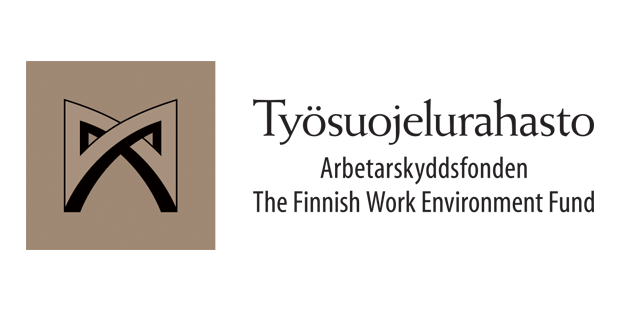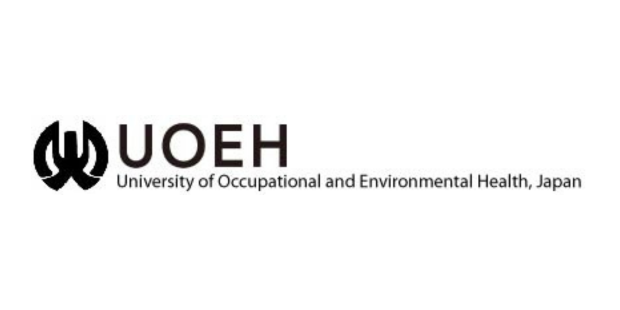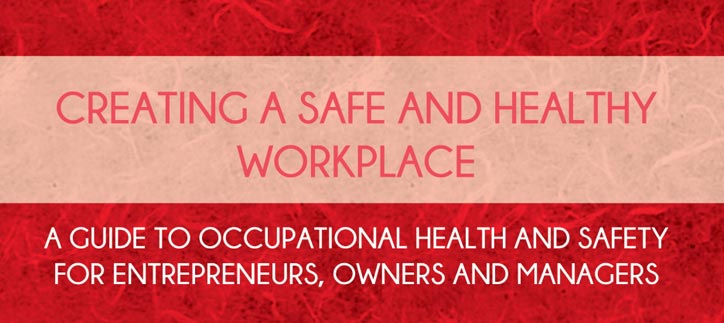World Asbestos Congress
Past, Present and Future Osasco 17-20 September 2000
Task Group on Asbestos matters
Chair:
Pier Bertazzi
Members:
Jeffery T. Spickett
Tee Guidotti
Ruddy Facci
The Task Group has sent in the following report.
World Asbestos Congress: Past, Present and Future, Osasco 17-20 September 2000
Report by Benedetto Terracini
The Osasco congress will leave a positive mark on all the people who, in one way or another, have had something to do with asbestos. In the first place, on those who have personally suffered the inauspicious effects of asbestos, and also to those who have been close to them because of their human solidarity and moral consistency as well as their belief in the rigor of scientific methods.
The Congress was a unique episode of convergence, dialogue and confrontation between victims, health operators, social service assistants, politicians, union leaders, lawyers, industrial hygienists, safety personnel, epidemiologists, and health historians. Three hundred people from fifty countries participated in a free exchange of information and experiences, justified - as the Congress announcement specified - "by the new spirit of equality which animates the international anti-asbestos movement ... where there is no place for subordinating the needs of the South to the dictates of the North." All this was enlivened by that incredible cocktail of sympathy, intelligence, efficiency, and honesty which is Fernanda Giannasi, industrial engineer and woman of rare intellectual consistency and sense of justice (a target for threats because of her repeated denunciations of irregularities in workplaces).
The organization of the Congress never faltered, even when, just before the outdoor inauguration - fireworks included - a storm was threatening. Why Osasco? Because for more than half a century, just some 20 or 30 metres from the Municipal Theater, the seat of the Congress, stood the Eternit factory (now demolished). There are few families in Osasco that do not count a relative exposed to asbestos. An experience narrated in a moving and effective book with splendid illustrations (Vitimas dos ambientes de trabalho. Rompendo o silêncio - Victims of the workplace. Breaking the silence) produced by the victims of an irresponsible form of industrial production. Moreover, ABREA (Brazilian Association of Asbestos-exposed persons), which has its seat in Osasco, promoted the Congress together with BAN (Ban Asbestos Network) and IBAS (International Ban Asbestos Secretariat). ABREA has documented that in Brazil it is unthinkable to implement a "controlled" use of asbestos (a thesis largely confirmed by experiences described during the Congress, above all, by delegates from the United States). ABREA is firmly opposing the principle that in Brazil, asbestos - in all its forms, including chrysotile - can be considered differently from the European Community. And, consequently, it requests an extension to non-European countries, Brazil first of all, of the prohibition of extraction, manufacture, trade, and export of asbestos and products containing asbestos. Thus, refusal of a double standard (stricter measures in richer countries and looser measures in poorer countries) was another recurring theme in the Congress, together with that of the ambiguous line of conduct held by international organizations in relation to asbestos problems. As Osasco municipal health councillor, Dr. Joao de Souza Filho said in the opening speech, every citizen resident in Brazil is on the average exposed annually to 1,400 grams of asbestos in comparison to 100 grams for United States residents and 500 for Canadians. Further, in Brazil, epidemiological estimates on the size of the effects of asbestos run into great difficulty (more logistical than financial), that hinder those trying to create the necessary data bases (a theme taken up again also by delegates of other developing countries, like Angola). Together with the ABREA members, delegates of other associations for the asbestos-exposed from Japan, Australia, Holland, Slovenia, the USA, and - for Italy - from Casale Monferrato, gave an idea of the potential of participation of non- professionals in supportive actions in favour of asbestos victims and in epidemiologic research.
There were some excellent reports describing irresponsible (and criminal) procedures of asbestos processing in various countries: illuminating examples are the Limpet case and the Turner and Newell case in Great Britain, working conditions in the South African mines, and the recent Cape case in which equal rights were recognized for South African and English workers.
Benedetto Terracini
(Courtesy of B.T. and Epidemiologia & Prevenzione, Italy).


















